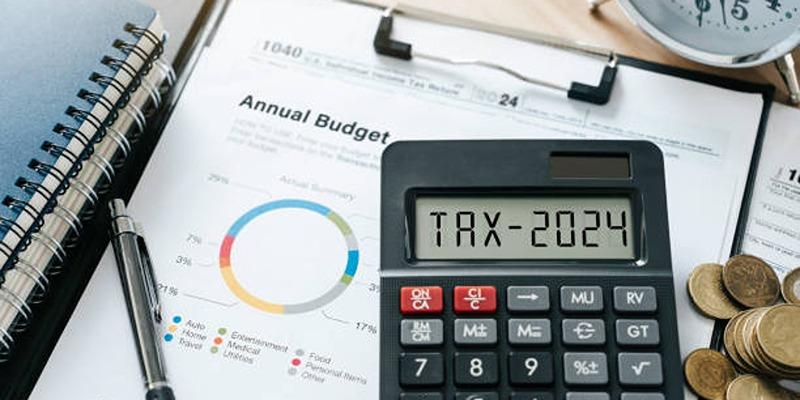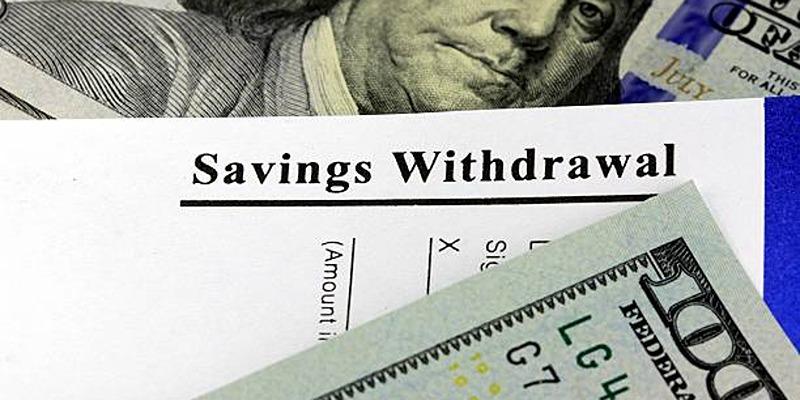Amid inflationary pressures, state tax policies serve as robust protectors, utilizing a range of economic tools to manage and alleviate the impacts of price increases. As inflation rates vary and economic landscapes shift, the role of state taxation becomes increasingly vital in upholding stability, promoting growth, and safeguarding citizens' welfare. This piece delves into the intricate world of state tax policies, highlighting their importance as frontline defenses against inflationary pressures.
Understanding Inflationary Pressures:
Before delving into the role of state tax policies, it's crucial to fully understand the intricate dynamics of inflationary pressures and their far-reaching consequences. Inflation, a term denoting the persistent escalation in the overall price level of goods and services over time, leads to a decline in the purchasing power of currency. While a certain degree of inflation is generally deemed acceptable in thriving economies, when inflation reaches excessive levels, it can gradually deplete savings, disrupt financial strategies, and impede economic advancement.
Diverse elements contribute to the mounting inflationary pressures observed in economies, such as heightened consumer demand, disruptions in supply chains, escalating production expenses, and the implementation of specific monetary policies. As these multifaceted factors exert their impact, both businesses and individuals encounter increasingly complex challenges in effectively managing their financial resources and upholding their economic well-being.
The Role of State Tax Policies:

State tax policies play a crucial role in combating inflationary pressures by providing effective tools to stabilize economies and ease the financial burden on individuals and businesses. Let's delve into the key ways these policies act as frontline defenses:
- Fiscal Policy Adjustments: State governments can use fiscal policy tools like taxation and government spending to counter inflation. By making prudent changes to tax rates and spending priorities, states can regulate overall demand, promote investment in vital sectors, and address inflationary trends.
- Progressive Taxation Systems: Progressive tax systems, where tax rates rise with income, are essential for wealth redistribution and reducing income inequality. By imposing higher taxes on wealthier individuals and corporations, states can boost revenues while ensuring that inflation impacts everyone fairly across different income levels.
- Incentives for Investment and Innovation: Targeted tax incentives and credits can encourage investments in key areas such as renewable energy, technology, and infrastructure. By fostering innovation and boosting productivity, states can enhance economic resilience and mitigate inflation's negative effects on businesses and consumers.
- Property Tax Relief Programs: Property taxes can be a significant financial burden for homeowners and businesses. States can implement relief programs like property tax freezes or exemptions for vulnerable groups to ease financial strain and promote housing stability during inflationary periods.
- Sales Tax Adjustments: Sales taxes directly influence consumer spending and inflation trends. State policymakers can adjust sales tax rates and exemptions to align with economic goals, balancing revenue generation with consumer affordability and price stability.
- Investment in Education and Workforce Development: Prioritizing education and workforce development is essential for building human capital and ensuring long-term economic resilience. By investing in education, training, and skills development programs, states can empower individuals to navigate changing economic landscapes and mitigate inflation's impact on employment and wages.
Implementing Effective Tax Policies:
While the fundamental principles of state tax policies offer a strong foundation, the effective execution is pivotal in maximizing their impact. Here are some key considerations for state governments to bolster the effectiveness of their tax strategies:
- Data-Driven Decision-Making: State policymakers should utilize comprehensive economic data and analysis to guide their tax policy choices. By leveraging insights into inflation trends, employment dynamics, and consumer behavior, governments can customize tax policies to address specific challenges and opportunities within their jurisdictions.
- Stakeholder Engagement: Involving a diverse set of stakeholders, such as businesses, advocacy groups, economists, and community representatives, can enrich the tax policymaking process. Seeking input and feedback from varied perspectives promotes transparency, accountability, and consensus-building, leading to fairer and more effective tax policies.
- Flexibility and Adaptability: Given the dynamic nature of economic conditions, tax policy formulation requires flexibility and adaptability. State governments should remain responsive to changing circumstances, regularly reviewing tax rates, incentives, and relief measures to align with evolving inflationary pressures and socioeconomic realities.
- Collaborative Partnerships: Collaborating among states and with federal authorities can amplify the impact of tax policies and foster coordinated responses to inflation challenges. By exchanging best practices, coordinating policy efforts, and consolidating resources, governments can boost efficiency, effectiveness, and the overall resilience of their tax systems.
- Long-Term Planning: While addressing immediate inflationary pressures is crucial, state governments should also emphasize long-term planning and investment in sustainable economic growth. By fostering innovation, diversifying revenue sources, and cultivating a skilled workforce, states can establish sturdy foundations for lasting prosperity beyond transient inflation cycles.
Nurturing Economic Resilience:

A robust approach is required, addressing underlying weaknesses and fostering sustainable growth. State governments hold a crucial role in this pursuit by enacting complementary policies in conjunction with tax measures:
- Investment in Infrastructure: A robust infrastructure forms the foundation of economic health, facilitating efficient transportation, communication, and trade. States should prioritize investing in projects that boost productivity, enhance regional connectivity, and foster long-term growth.
- Support for Small Business Growth: Small and medium-sized enterprises (SMEs) are vital to many economies, spurring innovation, job creation, and economic variety. State governments can aid SMEs through tailored incentives, financial access, technical support, and streamlined regulations, nurturing entrepreneurial vigor and resilience.
- Enhancement of Social Safety Nets: Strengthening social safety nets is crucial for lessening the impact of inflation on vulnerable groups. States can broaden access to healthcare, housing aid, unemployment benefits, and social services to ensure all citizens have a safety cushion during economic uncertainties.
- Investment in Sustainability and Resilience: Climate change, natural calamities, and environmental issues pose substantial threats to economic stability and progress. States should prioritize investments in sustainability, renewable energy, climate adaptation, and disaster resilience to mitigate risks and construct a more resilient future.
- Advancement of Education and Skills: Education is pivotal for human capital development and economic progress. States should invest in quality education, lifelong learning opportunities, and skill-building programs to empower individuals for success in a swiftly evolving economy.
- Nurturing Innovation and Entrepreneurship: Innovation propels productivity, enhances competitiveness, and opens avenues for economic diversification. State governments can bolster innovation ecosystems through research funding, technology transfers, incubators, and accelerators, fostering a climate of entrepreneurship and ingenuity.
Conclusion:
State tax policies play a vital role as critical defenses against inflation, employing a diverse array of economic strategies to stabilize economies, safeguard livelihoods, and foster prosperity. By implementing strategic fiscal measures, progressive tax systems, customized incentives, and targeted investments in key sectors, states can adeptly navigate inflation challenges while promoting equitable growth and enhancing opportunities for all residents. The intricate interplay of these policy tools underscores the importance of a multifaceted approach in addressing economic stability and inclusive development within state tax frameworks.







